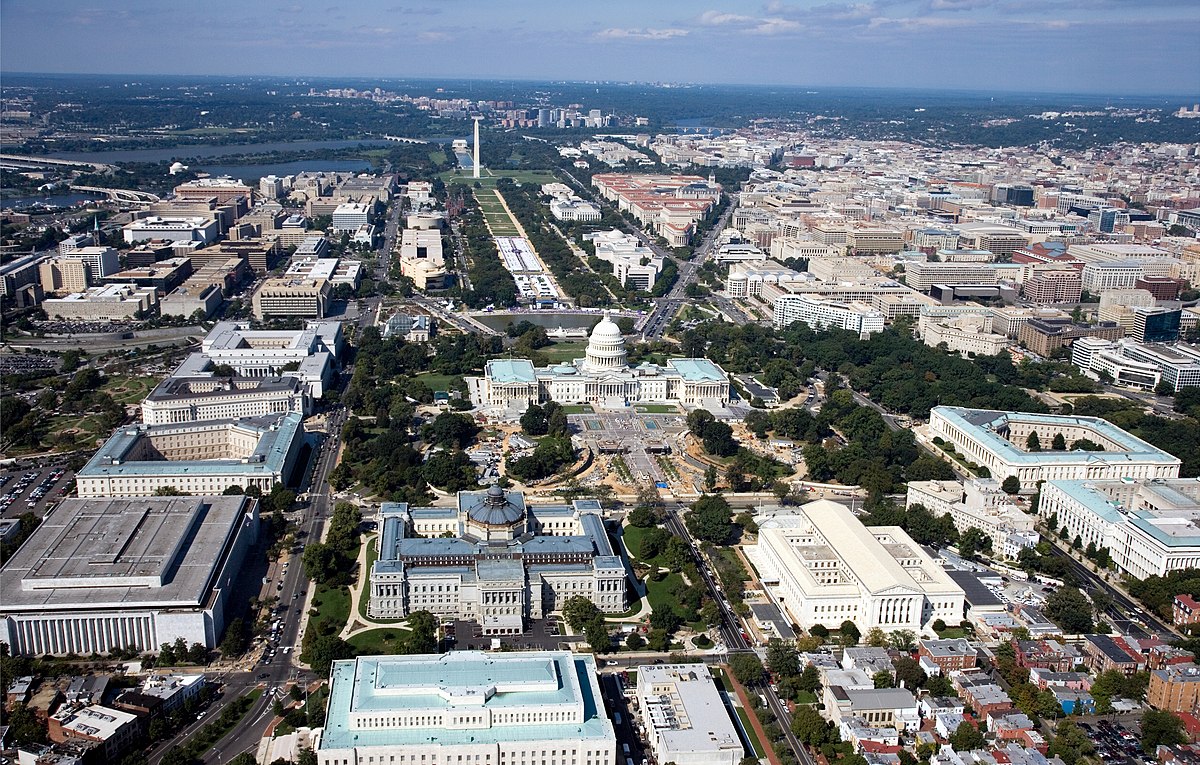Growing up, I was often the only kid who looked like me in any of my classes. My features were always different from most of my peers and I would get a lot of comments and questions about my hair in particular. Every school year, I wished for another girl that looked like me to join my classes, but it rarely happened.
Outside the classroom, I hardly saw girls with my features in shows, movies or commercials. Not on book covers, billboards or the front of magazines.
So, when I went to the Scholastic Book Fair and saw the book “Purple Princess Wins The Prize” by Alyssa Crowne, I loved it instantly. My love for this book went beyond it featuring my favorite color, purple, though that was a bonus; the thing that made this book so special for me was the main character herself, a girl named Isabel. Right there, front and center on the cover, an illustration of a girl that looked just like me. Isabel had my same complexion, big, dark eyes and big, dark curly hair. It is the only book I can remember coming across in my childhood where I saw a character vaguely similar to me inside of its pages.
Even this tiny sliver of representation was immensely important to me. As I got older, thankfully, women with my features started to receive more of a spotlight.
In 2019, for example, the winners of Miss USA, Miss Teen USA, Miss America, Miss World and Miss Universe were all Black or, like myself, mixed-race women. I remember my mom telling me to look at the tv because the new Miss USA, Cheslie Kryst, had hair just like mine, something that even just a few years ago, I rarely saw.
It took me a long time to truly and completely love my features the way they are. Seeing actresses and models embrace the hair I often wished wasn’t “so big” and the eye color I always wished was “more interesting” helped me realize the beauty of my own look.
If I had even half of the examples I do now growing up, it would have made a world of difference. I doubt I would’ve been as insecure as I was in my teenage years.
I never saw anyone that looked like an older version of me so I could never actually picture myself outside of how I looked in the present. Seeing more women who looked like me, like model Imaan Hammam, actresses Yara Shahidi and Sofia Wylie and sustainable fashion creator Jazmine Rogers, would’ve given me a way to see my future self. Something that, despite having an active imagination as a kid, I often found myself incapable of seeing.
The experience of not seeing myself represented in the media isn’t unique to just me. PBSs’ Student Reporting Labs asked students around the country how the lack of representation in popular culture and media makes them feel. They reported that students said they needed people like themselves on the screen to have something to identify with. Also, that representation of people that look and sound like them serves as an inspiration.
The lack of Black representation in popular culture media, in particular, is especially harmful, considering studies show that Black children “consume more media” than other racial groups.
In addition, a study by the University of Michigan found that simply watching tv in general “predicted a decrease in self-esteem for all children except White boys.”
While representation has been showing some signs of improvement in recent years, most racial and ethnic groups are still heavily underrepresented when looking at media as a whole, according to a UCLA study.
It’s true that media has made strides across various sectors since I was a kid. However, there’s still plenty of work left to do to ensure the confidence and reassurance I feel now is enjoyed by young women like me from the start.







